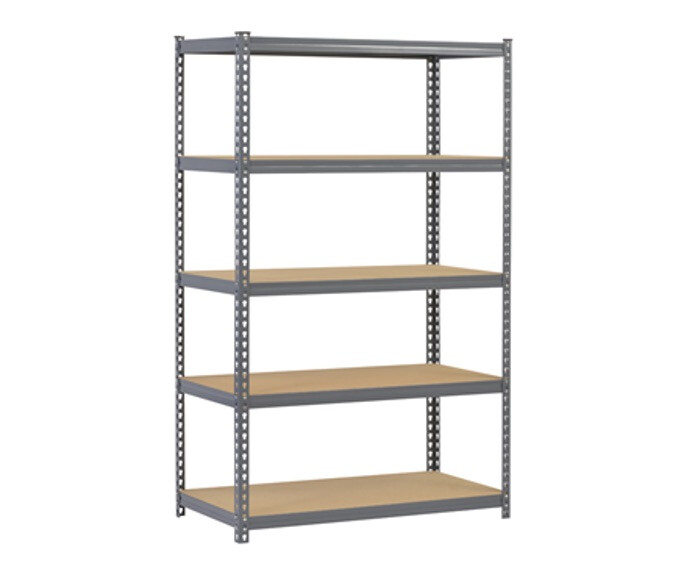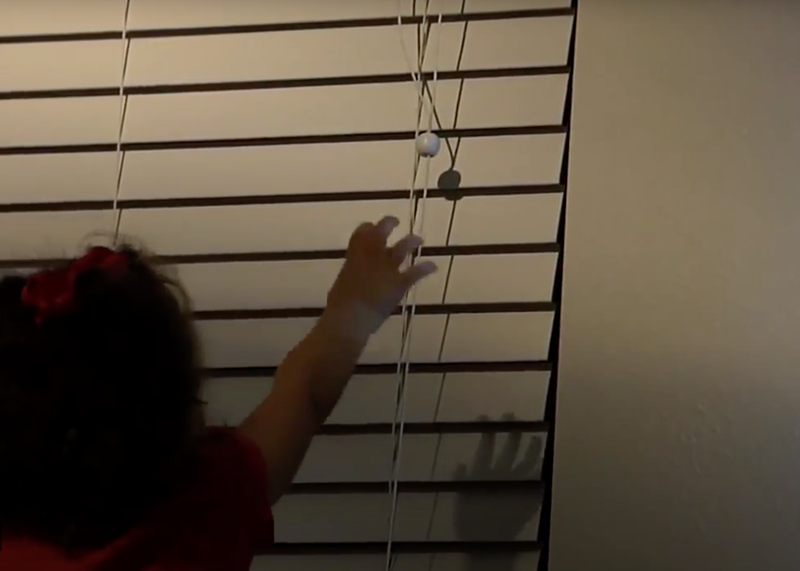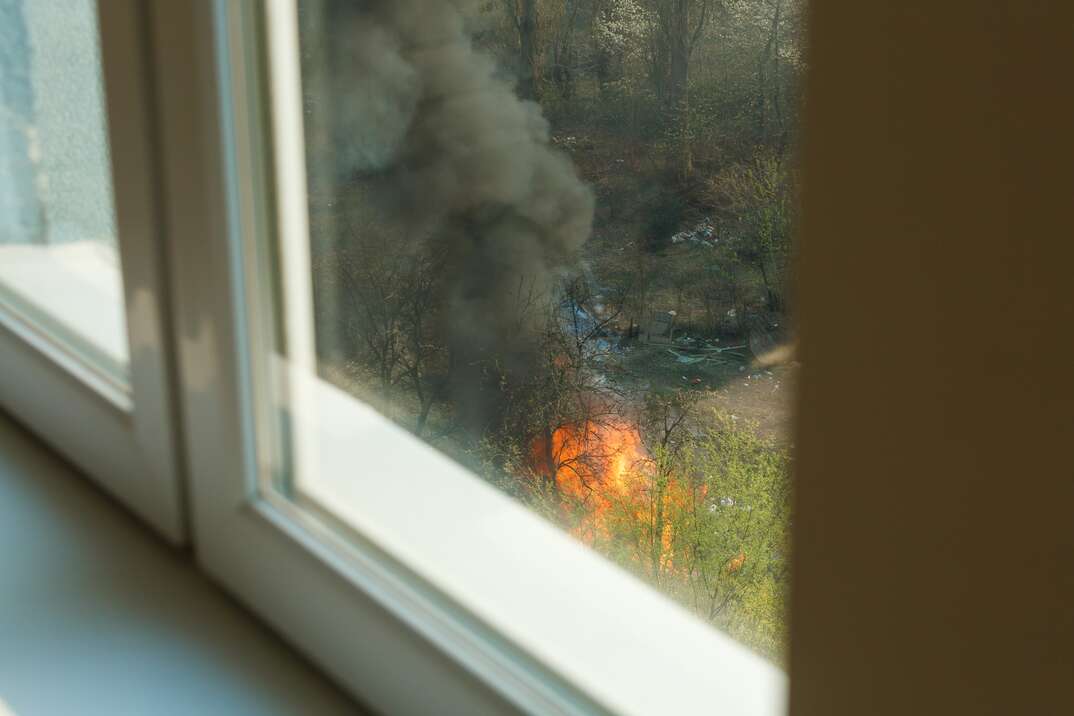Winter's Coming: Here's Everything You Need to Know About Insulation

Insulation is usually out of sight, out of mind — until you find yourself shivering during the winter or dripping with perspiration during the summer heat and you start to wonder why your home isn't protecting you the way it should.
But insulation does more than make your home comfortable. When it holds in the heat (or the blissful coolness of your air conditioning), it helps you save energy and its related costs. You spend good money to warm or cool your house, and insulation keeps all the comfort inside where you want it.
Even though insulation is so important to your home's comfort, most people don't know much about it. Take a look at some of the key things you should know about insulation.
What Are the Kinds of Insulation?
Different types of insulation are appropriate for different parts of your home and for different needs. These are some of the most commonly used types of insulation:
Batts and Rolls
This type of insulation — also known as blanket insulation — is ideal for DIY projects that involve finishing walls and ceilings. Typically made of fiberglass, blanket insulation comes precut in sizes that fit standard widths between studs. If you choose the roll type, you just need to cut the length to size and fit it in place.
Blown-In Insulation
This type of insulation is a great choice when you want to insulate spaces that are hard to reach or irregularly shaped because it conforms to the shape of the space being insulated. Because installation requires a special insulation blower, it's often best to leave this type of installation to professionals. Blown-in insulation can be made of fiberglass, recycled cellulose or rock wool.
Foam Board Insulation
If you need to insulate unfinished walls, such as in a basement, these rigid boards can reduce your energy consumption effectively. They're fairly easy to install on a DIY basis, but you'll generally want to use them where they won't be seen.
Spray Foam Insulation
As you can probably tell from the name, spray insulation is sprayed into place. This makes it the insulation of choice for sealing leaks within walls, where it expands and hardens to close any gaps. Installation is complicated, so it requires a professional to complete.
What Kind of Insulation Should I Install?
The main decision you have to make is between batts or board insulation and blown-in or spray insulation. If you plan to install the insulation yourself, you probably want to lean toward batts or foam board insulation because these are more amenable to DIY installation.
Batt insulation is the easiest to install of all the types, and it provides the easiest access to your home's HVAC system, plumbing, air ducts and electrical wiring — which is good news when you need to repair or maintain those systems. It's also effective as a thermal barrier for an extended period, holding on to its R-value. You can also use batt insulation in your attic, where it's less attractive to rodents than blown-in insulation.
What Is R-Value?
The R-value of insulation is a measurement of how well the material contains heat within your home (or keeps it out during hot months). The higher the R-value, the stronger the insulation — and the greater the savings on your energy bills.
What R-Value Insulation Do I Need?
Different insulation R-values are recommended for different parts of your home. Ceiling insulation and attic insulation typically require ratings ranging from R-30 to R-60, while walls, basements and crawl spaces can handle lower (and less expensive) R-values of R-13 to R-23.
The temperatures in your part of the country also affect the R-value you need.
In the South, the Southwest and most of California, you should look for R-ratings of R-30 to R-60 for attics and R-13 to R-25 for floors and crawl spaces.
Mid-Atlantic states, most of the Midwest and the inland portions of Western states (including Nevada and Utah) require R-38 to R-60 insulation for attics and R-25 to R-30 for floors and crawl spaces.
The colder zones reaching across the top of the country from Montana to Maine also need R-25 to R-30 insulation for floors and crawl spaces but should choose R-49 to R-60 R-levels for attics.
In all zones, R-13 to R-21 insulation is recommended for walls, depending on the thickness of the walls.
How Much Does Insulation Cost?
Insulation costs are measured by board foot, and they range from about 30 cents per board foot (for the least expensive batt insulation) to about $2 per board foot (for blown-in and spray foam insulation). Count on spending anywhere from $150 to $700 to insulate 500 square feet with fiberglass batt insulation if you do it yourself to about $350 to $1,000 for the same work done by a professional.
If you’re interested in blown-in and spray foam varieties, check out our comprehensive cost guide.
Rough pricing estimates for professional installation are as follows:
- Garage: $1,500 to $8,000, depending on size, plus another $200 to $300 for the garage door
- Floor and crawl space: $500 to $1,500, depending on size and type of insulation
- Basement: $1.50 to $2.50 per square foot. (Basements don't require as much insulation because the surrounding earth helps keep them warm.)
- Roof: $1,500 to $4,500 or more, depending on size
- Walls: $1 to $4 per square foot, depending on type of insulation
- Attic: $1,700 to $2,100, depending on size and materials. (For a better look at attic insulation costs, read our pricing breakdown.)
Can You Install Insulation Yourself?
If you're installing batt insulation, you can go the DIY route, which can save you significant money. Use this attic insulation installation guide to get started.
That said, most other types of insulation — including spray foam and blown-in — really require a professional.
What Do the Colors of Insulation Mean?
You might’ve noticed that your insulation is pink, while your neighbor who's in the middle of a big remodel has green insulation. Why is that?
Fiberglass is naturally clear. But the tiny strands in fiberglass insulation have to be bound together using a resin — and different manufacturers use different colors of resins. Ultimately, the colors of insulation don't mean anything other than indicating what brand it is.


